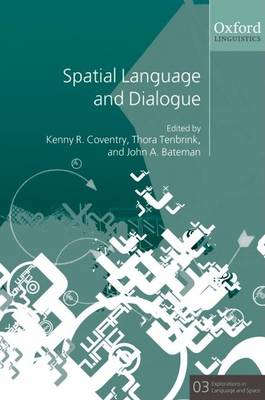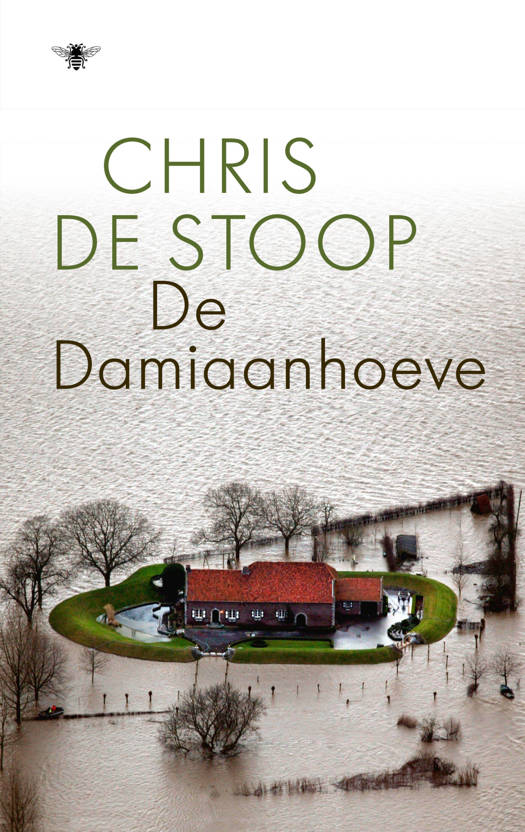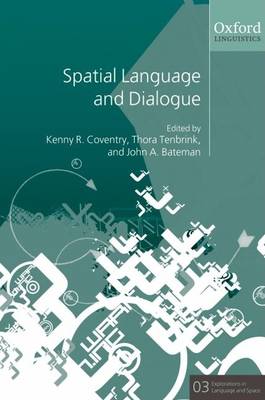
- Afhalen na 1 uur in een winkel met voorraad
- Gratis thuislevering in België vanaf € 30
- Ruim aanbod met 7 miljoen producten
- Afhalen na 1 uur in een winkel met voorraad
- Gratis thuislevering in België vanaf € 30
- Ruim aanbod met 7 miljoen producten
Zoeken
Spatial Language and Dialogue
€ 146,95
+ 293 punten
Omschrijving
This book considers how people talk about the location of objects and places. Spatial language has occupied many researchers across diverse fields, such as linguistics, psychology, GIScience, architecture, and neuroscience. However, the vast majority of work in this area has examined spatial language in monologue situations, and often in highly artificial and restricted settings. Yet there is a growing recognition in the language research community that dialogue rather than monologue should be a starting point for language understanding. Hence, the current zeitgeist in both language research and robotics/AI demands an integrated examination of spatial language in dialogue settings. The present volume provides such integration for the first time and reports on the latest developments in this important field. Written in a way that will appeal to researchers across disciplines from graduate level upwards, the book sets the agenda for future research in spatial conceptualization and
communication.
communication.
Specificaties
Betrokkenen
- Uitgeverij:
Inhoud
- Aantal bladzijden:
- 288
- Taal:
- Engels
- Reeks:
- Reeksnummer:
- nr. 3
Eigenschappen
- Productcode (EAN):
- 9780199554201
- Verschijningsdatum:
- 22/06/2009
- Uitvoering:
- Hardcover
- Formaat:
- Genaaid
- Afmetingen:
- 236 mm x 157 mm
- Gewicht:
- 501 g

Alleen bij Standaard Boekhandel
+ 293 punten op je klantenkaart van Standaard Boekhandel
Beoordelingen
We publiceren alleen reviews die voldoen aan de voorwaarden voor reviews. Bekijk onze voorwaarden voor reviews.










